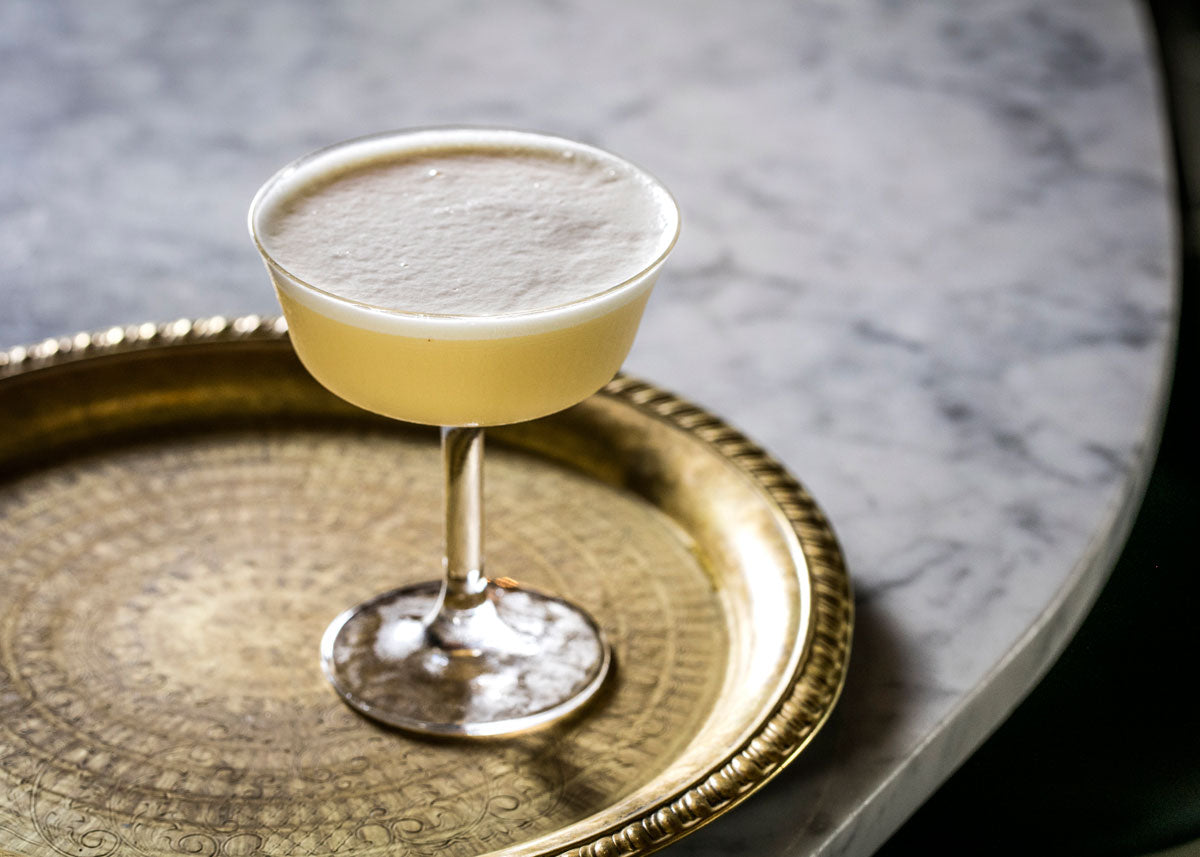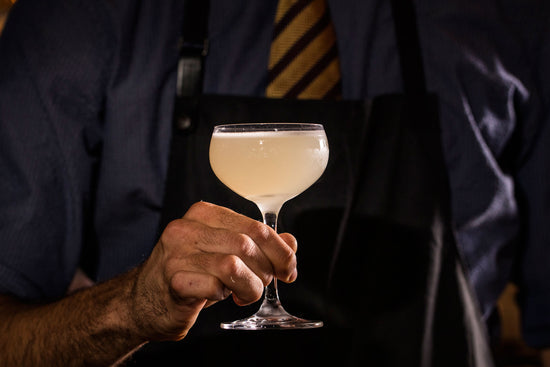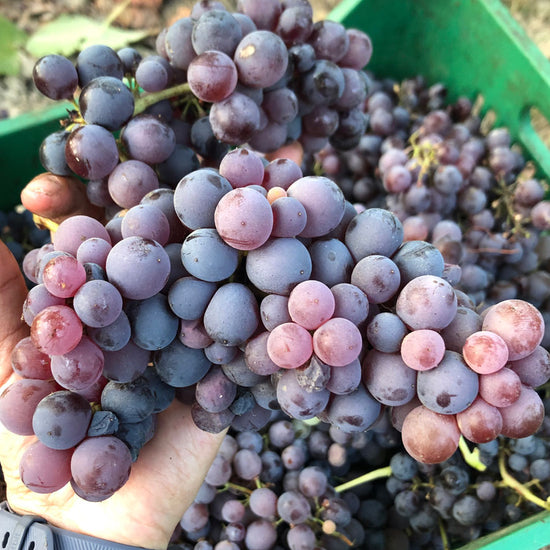Capurro Pisco - Quebranta
by Capurro Pisco
Size: 700 ML
Alc/Vol: 41.5%
Couldn't load pickup availability
Quebranta is a single grape varietal pisco from this single estate producer. Closely related to the California Mission Grape, this reddish blue grape varietal tends to yield a high proof pisco due to its high sugar content.
Quebranta is all about texture, and is often used to emphasize texture in cocktails. It is often considered the best varietal for pisco sours, delivering a frothy, creamy and authentic pisco sour. But, it is also great for use in the tiki world due to its tropical flavor profiles, including lime, banana, and orgeat.
Tasting Notes: Ripe banana, hay, tea leafs, carrots, marzipan
Fun Facts: This is the most common pisco grape and all Acholados must include Quebranta as part of the blend by denomination law.
Organic and vegan restaurants love to work with Capurro due to the lack of chemicals used in the agriculture as well as the lack of additives in the final product. For those of us concerned about what we are putting into our bodies, although this is alcohol, it is one of the cleanest forms of alcohol you could consume.
Share


Brand Story
The Capurro family has been producing pisco for five generations & over 100 years and is proud to have played an integral role in the development of Perú’s national spirit. In March of 1938, Mayor Juan Enrique Capurro and President Oscar R. Benavides together held the first Harvest Festival in Santiago de Surco, Lima, along with the first pisco tasting competition, a tradition that continues today. When the Peruvian government established the standards for the Peruvian Pisco Denomination of Origin fifty-two years later, Juan Enrique's grandson, Eduardo Castro Capurro, assisted as a consultant.
Each element of Capurro’s branding and packaging was designed to educate about Peruvian traditions, local folklore and their family’s tradition of Pisco production. Most prominent in their design is the hummingbird, a highly revered figure throughout Peruvian myths and folklore. Throughout their estate, they find ancient relics, pottery, and mantles with hummingbird motifs.
"At every step of production, we choose quality over quantity."

Production Methods
To make great pisco, one must begin with virtuous agriculture. This connection to terrior shines in Capurro’s single estate, vintage bottlings. Focused on quality over quantity, Capurro is patient each year to harvest at a high brix level, resulting in sweeter and more consistent grapes at harvest. One of the most arid regions in the world, average annual rainfall is just 4 mm in Nasca.
Once per year, the Capurro family estate grapes are hand harvested, gently pressed a single time, naturally fermented into wine, Copper Pot distilled once to proof by varietal, rested & blended according to family tradition. Capurro Pisco is made 100% of grapes, undiluted, unfiltered, and with no additives of any kind at any step of the production process. Although denomination of origin mandates a minimum 3 month resting period after distillation, Capurro Pisco is rested a minimum of 1 year. Readiness is judged by taste alone.
The hummingbird is also one of the largest and most notable images of The Nasca Lines, a group of pre-Columbian geoglyphs etched into desert sands in southern Perú. Covering an area of nearly 1,000 square kilometers, there are about 300 different figures, including animals and plants. Composed of over 10,000 lines, some of which measure 30 meters wide and stretch more than 9 kilometers, the figures are most visible from the air or nearby hilltops.
The drop behind the hummingbird on their logo is a classic interpretation of pisco which is also found in text form on the bottle’s back label. “Mientras las uvas siguen llorando, yo me beberé sus lágrimas.” While the grapes continue crying, I will drink their tears.

Their color palate was derived from textiles of the Nazca civilization. The Nazca were fond of not only wool weaving and embroidery but also of painting plain cotton cloth with an array of colorful images and motifs. Textiles have survived remarkably well, thanks to the extremely dry climate, and they illustrate that Nazca weavers possessed the full range of Andean techniques and employed an astonishing range of colors and shades to produce intricate and detailed designs. Figures were especially popular in designs and most often are depicted participating in harvest scenes which show such crops as maize and beans. Animals, similar to those in the geoglyphs and pottery designs, were also a popular subject. Looms, spindles, needles, cotton balls, and pots of dyes have all been excavated from Nazca settlements.

Fellow Review
While Capurro Pisco Acholado has all of the iconic aromas and flavors of pisco -- bright stone fruits and flowers -- there's something uniquely earthy in this bottling that allows it to shine in stirred cocktails, especially Martini riffs with blanc vermouth. This pisco is made from a blend of grapes, but Capurro also offers single-grape varieties that are stunning -- grab them if you find them!
from Cocktail Codex by Death & Co






